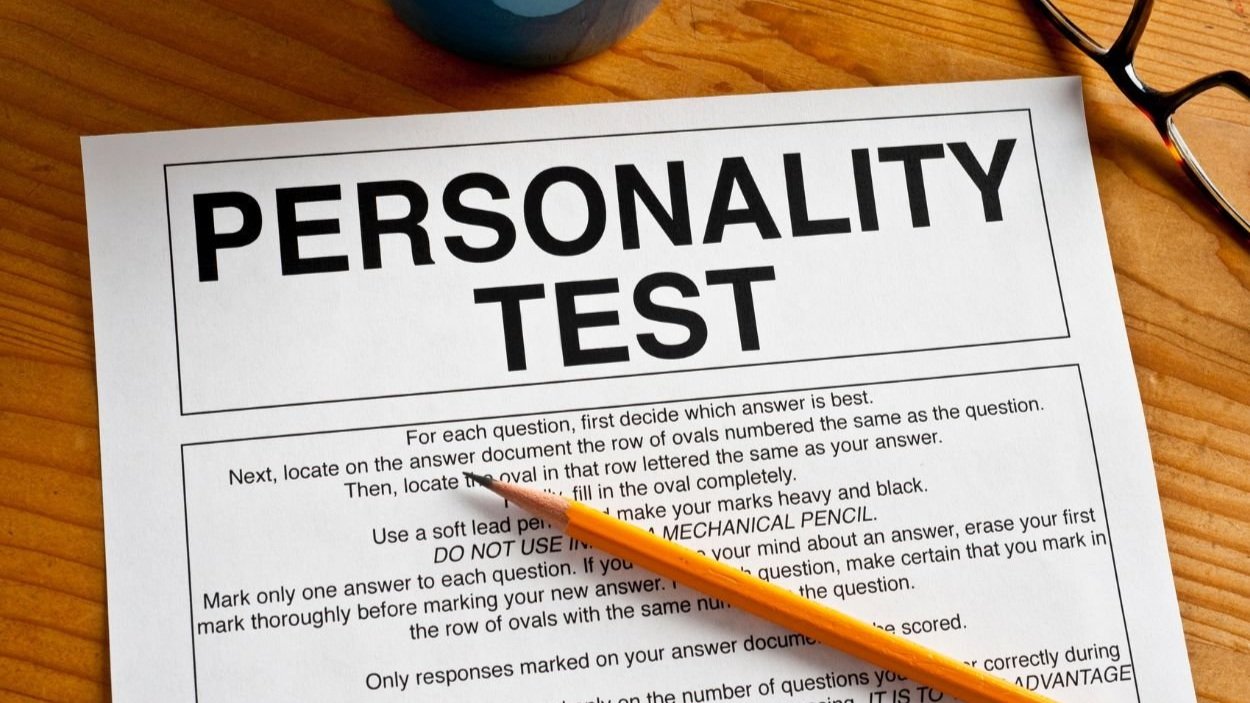Unveiling the Power of Personality: Similarities and Differences between MBTI and Personality Dimensions®, and Their Applications in the Workplace
The fascinating study of human personality has captivated our attention for years. As a result, various psychological frameworks and assessment tools have been developed to help us gain insights into our own personalities and those of others. Two popular tools in this field are the Myers-Briggs Type Indicator (MBTI) and Personality Dimensions® (PD). In this blog, we will delve into the similarities and differences between these two assessment tools, shedding light on their unique approaches to understanding personality.
The Journey Begins: Origins
The Myers-Briggs Type Indicator (MBTI), crafted by Katharine Cook Briggs and her daughter Isabel Briggs Myers in the 1960s, is rooted in the theories of renowned Swiss psychologist Carl Jung.
Personality Dimensions® (PD) was launched in 2003. Its theory is not only based on Carl Jung's theory, but also integrates the research of American psychology professor David Kelsey, personality expert Linda Berens, and others, plus more than 20 years of research and verification in Canada.
The Dimensions Explored
MBTI measures personality dimensions through four dichotomies, resulting in 16 distinct personality types. These dimensions encompass Extraversion (E) or Introversion (I), Sensing (S) or iNtuition (N), Thinking (T) or Feeling (F), and Judging (J) or Perceiving (P). The MBTI provides profound insights into how individuals perceive information, make decisions, and interact with the world.
On the other hand, PD measures personality dimensions through four unique personality systems: Inquiring Green, Organized Gold, Resourceful Orange, and Authentic Blue. These dimensions focus on individuals' innate preferences, such as core values, needs, strengths, and challenges. PD also explores a person's internal or external sources of strength. PD aims to provide a comprehensive understanding of an individual's personality traits and how they relate to others. Rather than categorizing individuals into different types, PD emphasizes understanding and appreciating individual differences.
Powerful Applications in the Workplace
Both MBTI and PD offer invaluable applications in the workplace, empowering individuals and organizations to enhance communication, teamwork, and overall productivity.
The MBTI is widely utilized in career development, team building, and leadership training. It reveals insights into individuals' communication styles, decision-making processes, and preferred work environments. By understanding their MBTI type, individuals can gain a deeper understanding of their strengths and weaknesses, leading to improved self-awareness and personal growth. In the workplace, MBTI can foster diverse and complementary teams, enhance conflict resolution, and amplify leadership effectiveness.
Similarly, PD offers practical applications in the workplace that help individuals and organizations understand and appreciate different work styles, thereby improving communication, collaboration, and productivity. PD can be effectively integrated into team-building exercises, sales and customer relationships, leadership training, conflict resolution, and career development programs. By recognizing and valuing the core needs, unique strengths, and challenges of each personality type, companies can create a positive and inclusive work environment where team members can realize their potential and complement each other's strengths.
The Journey Continues: A Harmonious Workplace
The MBTI and PD provide valuable insights into human personality with practical applications in the workplace. The MBTI classifies people into 16 personality types based on four dichotomies, while PD focuses on introversion, extroversion, and 4 personality types. These frameworks provide a unique perspective on personality assessment that can be used to enhance communication, teamwork, and personal development in the workplace. By embracing and making good use of these frameworks, we can create a harmonious and efficient work environment where everyone's diversity and potential can be fully utilized.
If you are interested in using personality assessment tools to help colleagues get to know each other and enhance effective communication and cooperation, please contact our professional team to learn more.






















